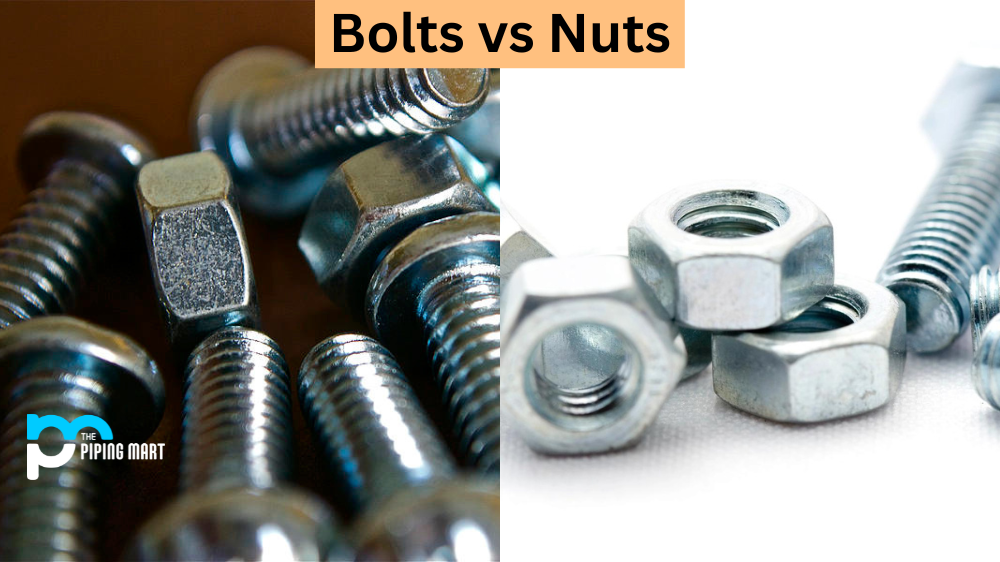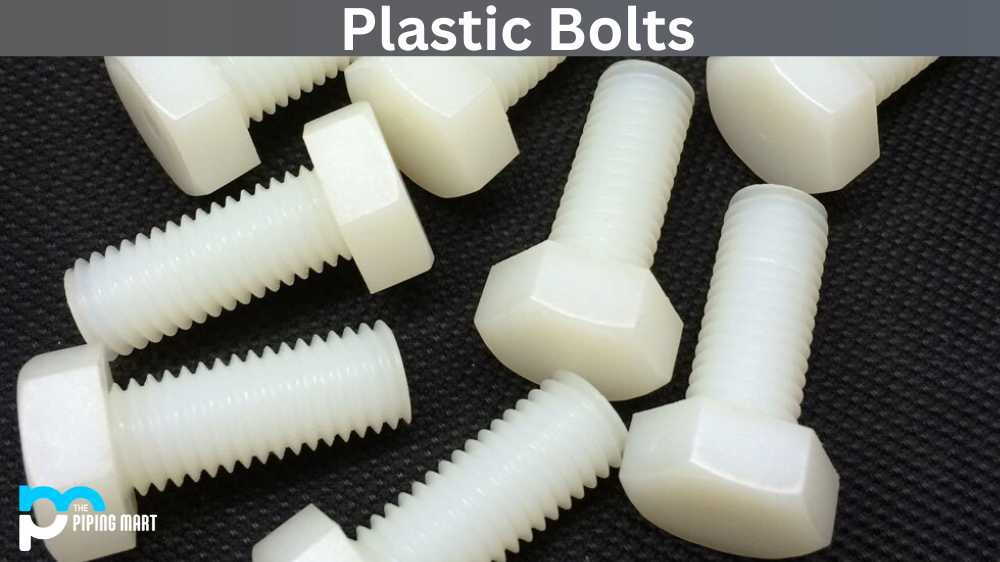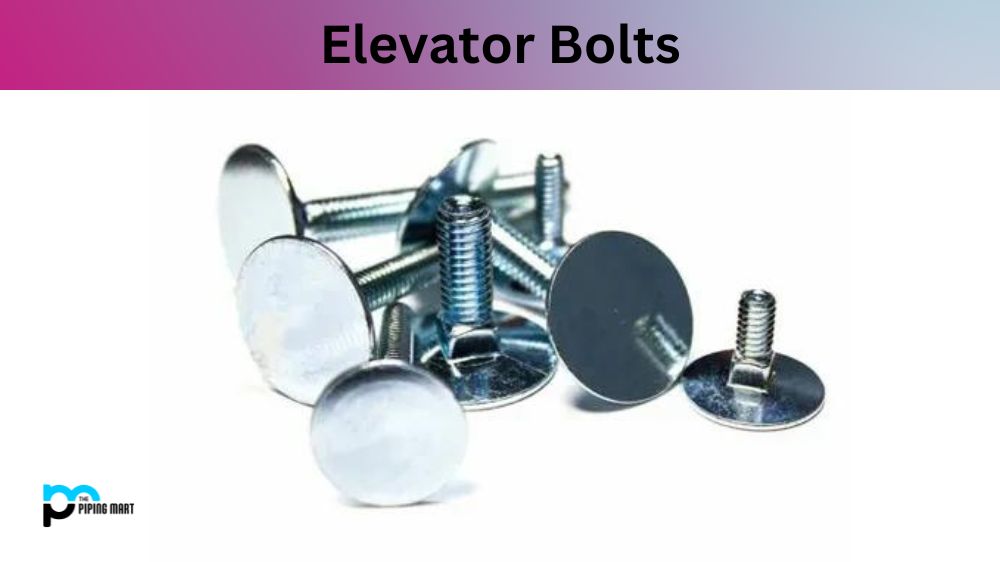When it comes to fasteners, bolts and nuts are some of the most commonly used pieces. While they may look similar and serve a similar purpose, there are actually several key differences between bolts and nuts. Knowing these differences can help you decide which will work best for your project. Let’s take a closer look at the difference between bolts and nuts.
Threads
One of the main differences between bolts and nuts is that bolts have threads on their exterior, while nuts do not. This allows them to be screwed into place while a nut is usually tightened with a wrench or socket. Threads are also much deeper on a bolt than they are on a nut. This helps prevent the bolt from loosening over time or with use.
Shape
Another key difference between bolts and nuts is their shape. Bolts tend to be more cylindrical in shape, while nuts tend to be more cuboid in shape. This helps them fit together better when being used in conjunction with one another. Nuts also tend to have an indentation at one end, known as the “captive side”, that allows them to sit flush against surfaces when tightened down onto a bolt or screw.
Difference between Bolt and Nut
The type of fastener you use will depend on how you intend to use it. Generally speaking, bolts are best suited for applications that require high tension or clamping force, such as fixing machinery or heavy objects like large pieces of furniture or machinery parts together securely. Nuts are typically used in applications where less tension is required, such as mounting small objects like light fixtures or signage onto walls or other surfaces securely but without putting too much pressure on them, which could cause them to break over time.
- Bolts are typically used to connect two pieces of metal, while nuts are used to secure a bolt in place.
- Bolts are usually made from steel, while nuts are usually made from brass.
- Bolts typically have a head that is larger than the body of the bolt, while nuts have a head that is the same size as the body of the nut.
- Bolts are typically tightened using a wrench, while nuts are tightened using a socket.
- Bolts typically have threads that run the entire length of the bolt, while nuts have threads that only run part of the way up the nut.
- Bolts are typically installed by first threading them into a nut, while nuts are installed by first threading them onto a bolt.
Conclusion:
Whether you’re building something from scratch, repairing something around the house, or even just hanging up artwork, choosing the right fasteners is essential for ensuring your project holds up over time and remains secure throughout its lifetime. Understanding the differences between bolts and nuts can help you make sure you choose the right one for each job, so your project lasts for years to come!

Abhishek is a seasoned blogger and industry expert, sharing his insights and knowledge on various topics. With his research, Abhishek offers valuable insights and tips for professionals and enthusiasts. Follow him for expert advice on the latest trends and developments in the metal industry.




